Without a doubt, all three are equally important. My guess is you are not surprised. However, if you read the entire post, you might be surprised by what I say at the end.
Each one of these elements when executed well eliminates risk. We talk about risk on this blog a lot – and how risk averse retailers are. And how careful retailers are when choosing which vendors they work with. It is worth mentioning that retailers are not looking to be jerks or difficult. They don’t want to stretch vendors beyond their comfort zone and set them up to fail. Setting vendors up for success sets everyone up to win.
Here is the ideal vendor across all three dimensions:
Customer Service: The ideal vendor does not over or under-communicate. They provide information when they say they will and present it in a succinct and professional manner. When problems arise, a problem is not presented without 1, 2 or 3 solutions for the buyer to choose from. Good customer service also means there is someone close by or who can jump on a plane the next day to meet with me at moment’s notice. And values relationship building and a partnership approach. And that means adding value to our relationships with competitive intelligence and interesting data to help me do my job better. But above all, they listen. They listen for feedback, they listen to hear how they can serve me better or anticipate my needs. They don’t get defensive and will be open-minded and take to heart my comments. This is where a vendor can really stand apart from the rest.
